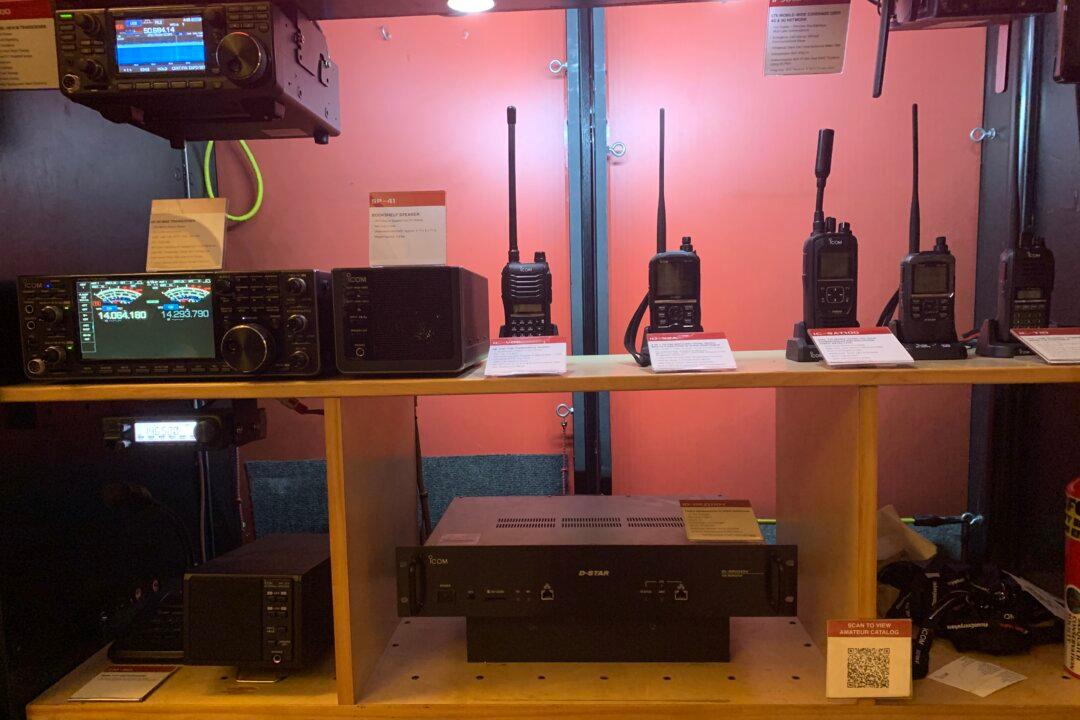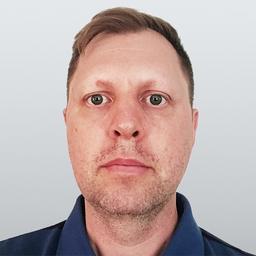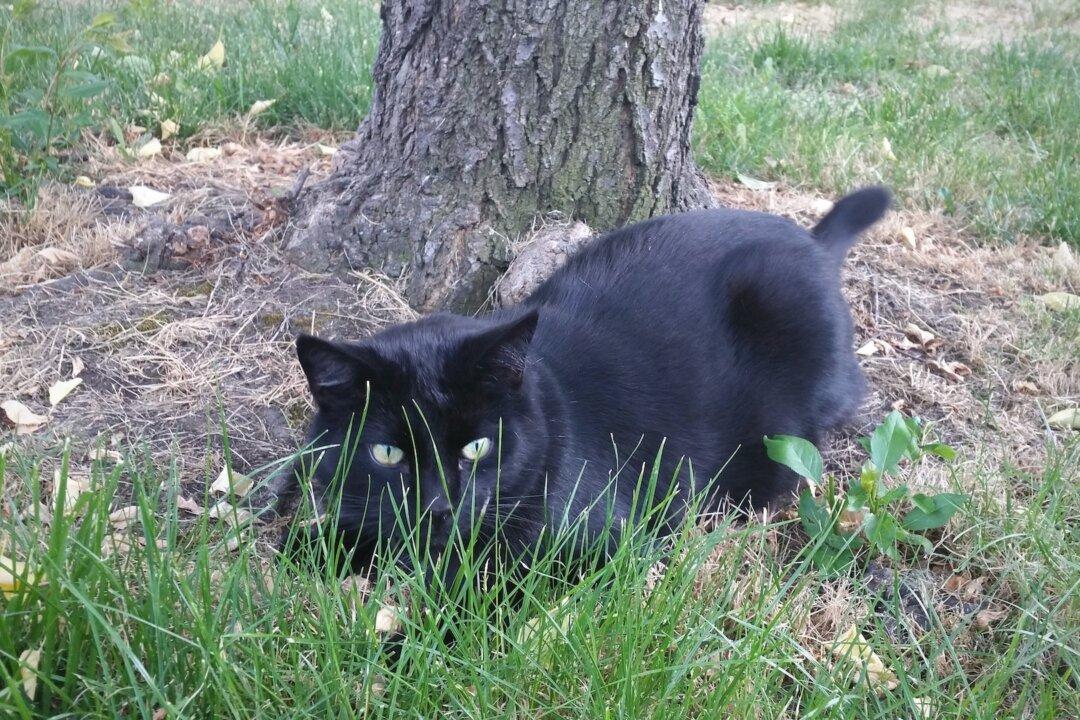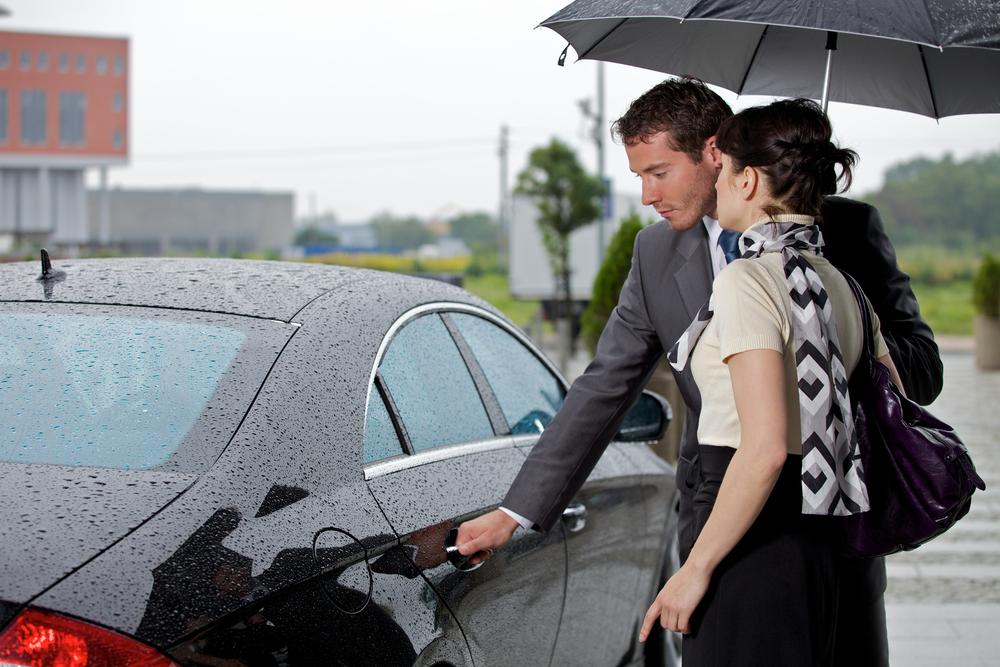Over 1,100 amateur radio operators (hams) descended on the Marriott Hotel in San Ramon, California, to attend the annual amateur radio convention called Pacificon on Oct. 20–22.
The three-day event included all things amateur radio (also known as ham radio), including forum presentations, ham radio license classes, license testing, ham radio nonprofit organization booths, kit building, a fox hunt, and more.






